In Science, And In Life, ‘Once A Failure’ Does Not Mean ‘Always A Failure’
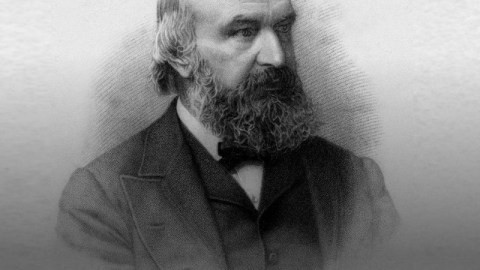
The story of John Couch Adams, “the man who failed to discover Neptune,” and his cosmic redemption.
Perhaps its human nature to want to only think positive thoughts about our heroes. We don’t want our sports heroes to cheat or use performance-enhancing drugs. We don’t want our humanitarian or political heroes to be involved with sordid scandals or criminal activity. And we don’t want our scientific heroes to commit the greatest of all scientific sins: the sin of having been wrong.
But science is not an endeavor one undertakes all by themselves, but rather as part of a worldwide community. And being wrong is not a death sentence, but rather is often a stepping-stone to an even greater success. “Once a failure, always a failure” couldn’t be further from the truth. While it’s true that even our greatest scientific heroes had their flaws, some of history’s greatest failures were followed by a success that no one could have predicted.
This is the redemption story of John Couch Adams, possibly the greatest astronomer to colossally fail.
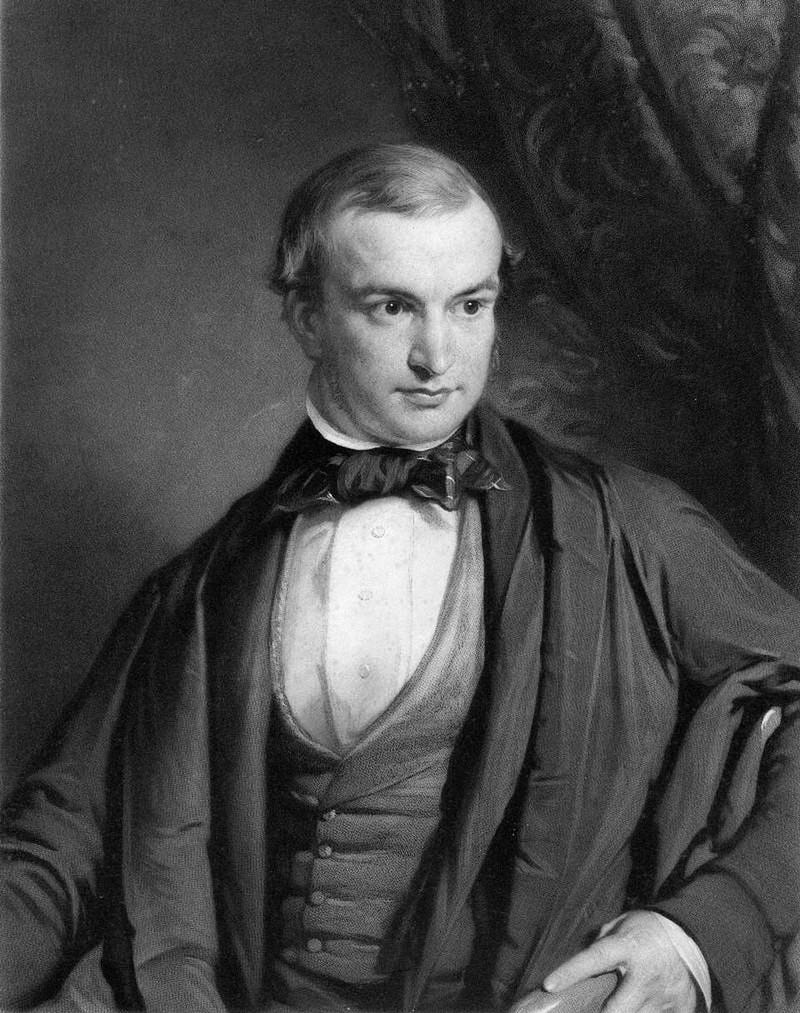
By the mid-1800s, Newton’s law of universal gravitation had stood unchallenged for nearly 200 years. It successfully predicted both the terrestrial motions of objects on Earth and the celestial motions of the planets, moons, comets and asteroids. In 1781, for the first time in history, we were given a new chance to test this law for the planets, as William Herschel discovered the first planet that wasn’t known for thousands of years: Uranus.
For every planet, Newton’s theory predicts it should move in an ellipse around the Sun, and Uranus absolutely did. But Newton also predicted how quickly a planet should move throughout its orbit, and his theory of gravitation gave us Kepler’s second law:
- The area swept out by each planet as it orbited the Sun was the same in any given time interval at all points along the orbit.
After decades of observations, it was clear that Uranus didn’t do that.
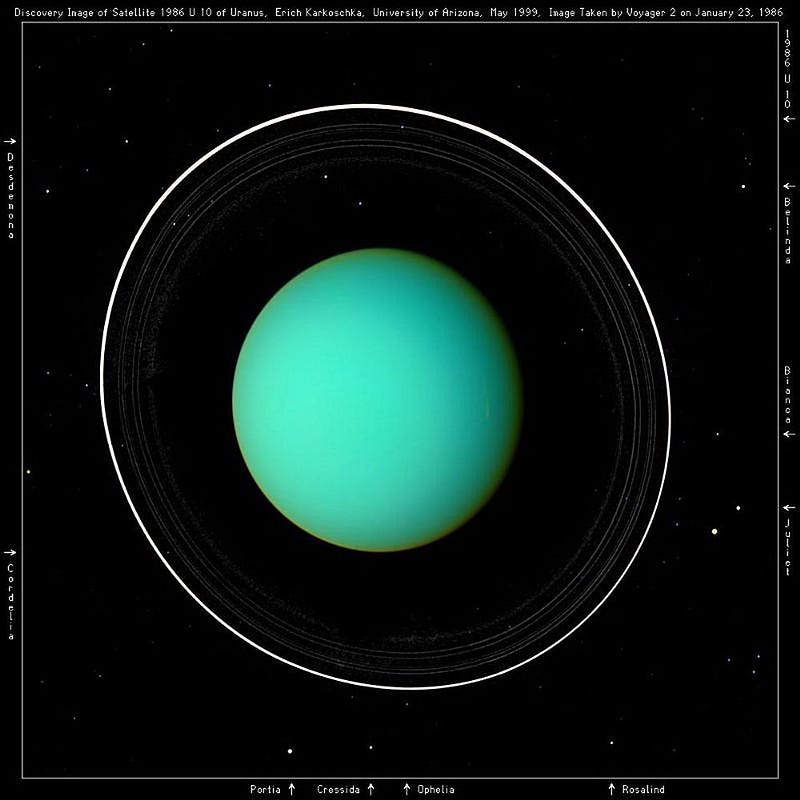
The known inner and outer worlds all obeyed these laws spectacularly, so much so that no deviations had been detected for hundreds of years. But with the discovery of Uranus in 1781, something changed. While the newest planet appeared to move in an ellipse around the Sun, it seemed to move at the wrong speed compared to the predictions of the laws of gravity.
For the first 20 years or so since its discovery, it moved faster, from night-to-night and year-to-year, than the laws appeared to indicate. For the next 15-to-25 years, the planet appeared to move right at the rate expected from those laws. But then it slowed down further, and its speed dipped below gravity’s predictions.
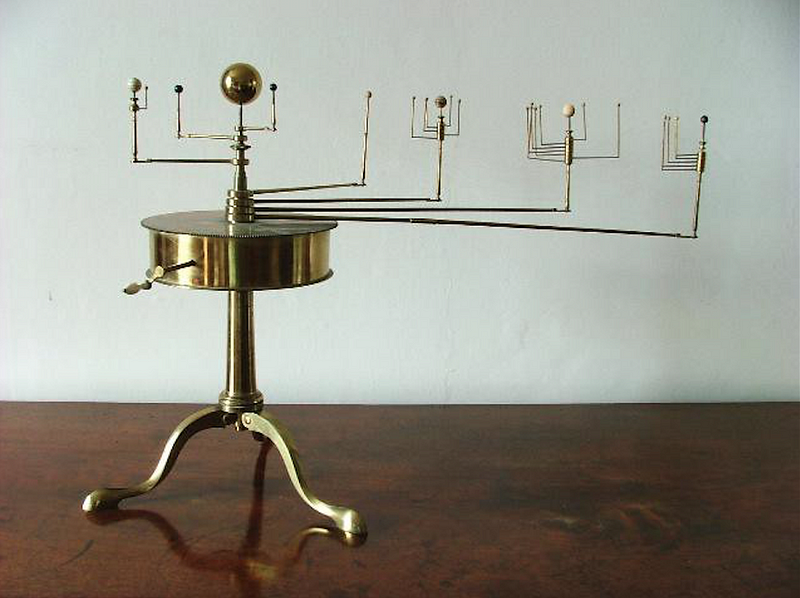
In 1821 — forty years after Uranus was first discovered — astronomer Alexis Bouvard published his first table of results that he obtained through keen observations of the new, distant world. Either Newton’s laws were flawed, or, as Bouvard hypothesized, there was an eighth planet out there perturbing the orbit of Uranus.
English astronomer John Couch Adams, who would be 199 years old were he alive today, became quite smitten with this idea, and devoted the early part of his scientific career to studying this problem.

Throughout the early 1840s, he attempted to predict exactly where the new, massive, outer world would need to be, in order to give contemporary astronomers a search target. When looking for a new, faint point of light in the sky, you must know exactly where to look. Getting a precise answer was extremely important.
By the mid-1840s, he was in communication with astronomers James Challis and George Airy about his predictions, but the planet failed to turn up. As it was, Adams had fired off a total of six letters in rapid succession in 1845/6 that contradicted one another, offering a variety of predictions. There were some mistakes in his work that needed refining, and the six predictions disagreed with one another with a range of 12°!
Perhaps heartbreakingly, at least one of his predictions was very much correct. (In fact, Challis himself, one of history’s most incompetent scientists, actually observed Neptune during at least one and possibly on two occasions, mistaking it for a star!)
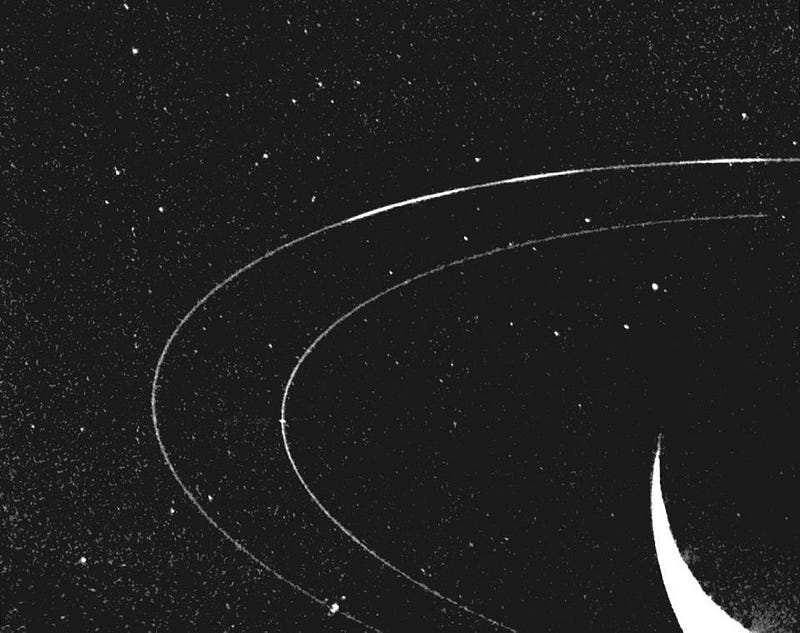
And then every scientist’s nightmare happened to Adams: he was scooped! On August 31, 1846, Frenchman Urbain Le Verrier announced that he had computed the position of where this new planet must be, and sent off a letter to Germany and Johann Galle at the Berlin Observatory. The letter arrived in Berlin on September 23, and it was clear for observing that very evening. Galle and his assistant, d’Arrest, pointed their telescope towards the exact location Le Verrier predicted, and less than 1° away, there it was.
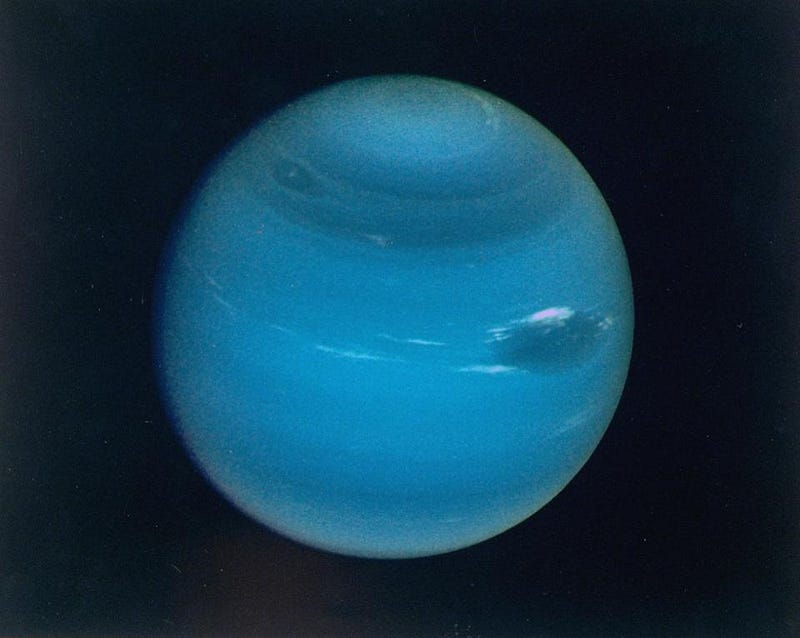
While many scientific figures in Great Britain lauded Adams as the equal of Le Verrier, assigning him the accolade of co-discoverer of Neptune, it simply wasn’t true. The Adams prize, still awarded today, was named for him in 1848 for his role in the discovery of Neptune, although he played no role in the actual discovery.
Yet Adams himself was incredibly humble about his own role. He submitted the following letter, with his observtions, to the Royal Astronomical Society in November of 1846:
I mention these dates merely to show that my results were arrived at independently, and previously to the publication of those of M. Le Verrier, and not with the intention of interfering with his just claims to the honours of the discovery ; for there is no doubt that his researches were first published to the world, and led to the actual discovery of the planet by Dr. Galle, so that the facts stated above cannot detract, in the slightest degree, from the credit due to M. Le Verrier.
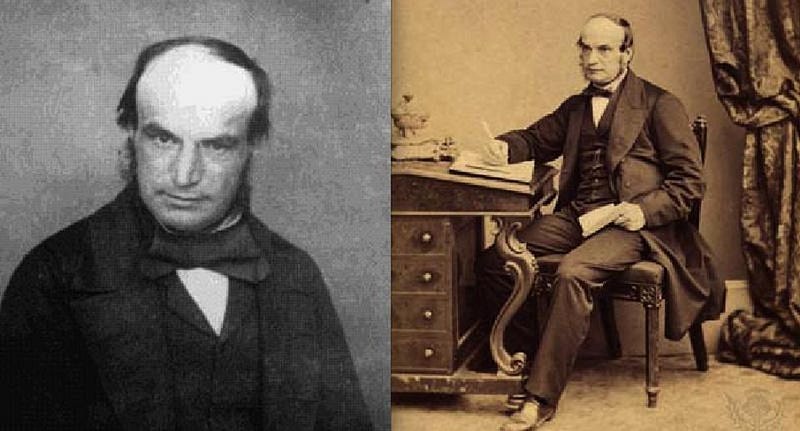
For a lesser scientist, that might have been the end of his career, as Le Verrier was elevated to scientific superstardom. But not Adams. He continued to work on other important problems, making significant progress on determining the cause of deviations in the Moon’s orbital motion and parallax. We now know, today, that this effect is due to tidal acceleration, and Adams made significant progress on that front, winning the Gold Medal from the Royal Astronomical Society.
But it was a spectacular meteor storm in 1866 — the Leonids — that changed everything. The Leonid meteor shower of 1833, for which Adams was just a child of 14, was so spectacular the entire world took note. For every one of the next 32 years, the Leonids were quiet. But in 1866, it happened again: a Leonid storm so spectacular that it simply couldn’t be coincidence.
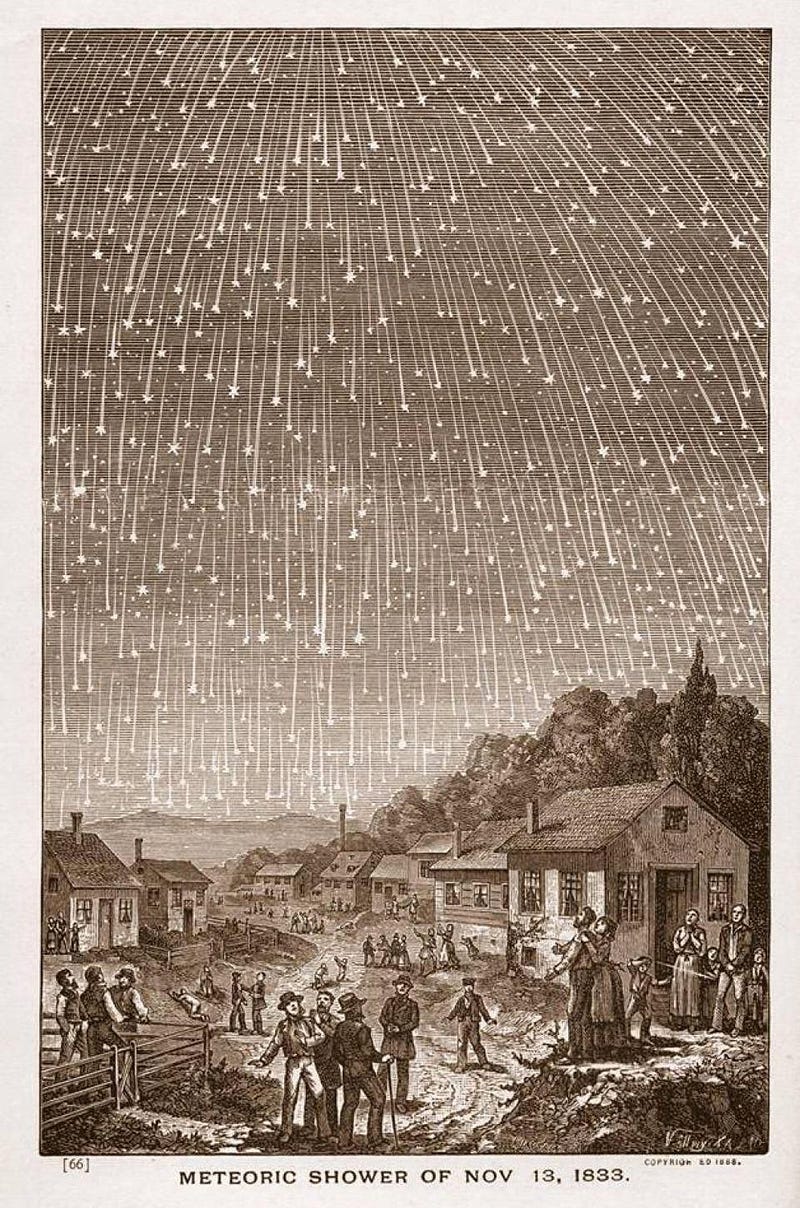
British astronomer John Couch Adams came up with a theory about this meteor shower, these outbursts, and their origin:
- The “shooting star” phenomenon is actually small dust grains that collide at rapid speeds with Earth’s atmosphere.
- Meteor showers occur in the same region of the sky year-after-year because there’s dusty debris crossing Earth’s orbit that our planet passes through every year.
- And this debris is spread out, but with a point-of-greatest-density that periodically collides with our planet, causing the most spectacular meteor showers.
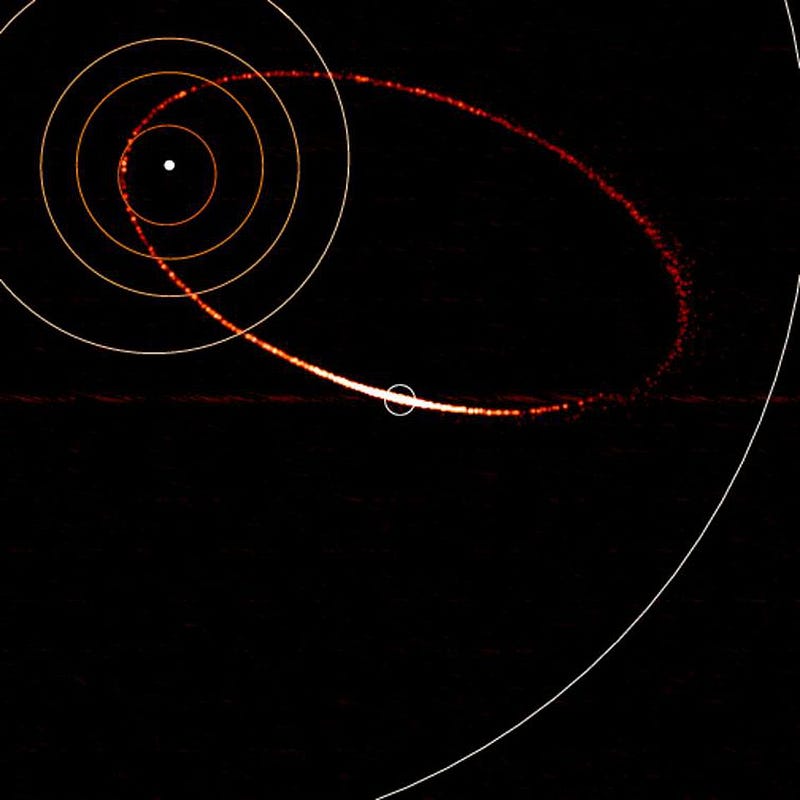
This theory applies to meteor streams encountering any planet, not just Earth. Adams theory was wild and novel, but conceivable. If he could find the parent body responsible for the Leonids, it would be a great validation of a speculative but compelling new idea.
His experience in calculating orbits, gained by his earlier struggles with Uranus and the then-hypothetical Neptune, allowed him to come through when it counted most. Adams calculated that there must be a cluster of dusty debris moving in an elongated elliptical orbit around the Sun with a period of 33.25 years, taking it out past Jupiter, Saturn, and even Uranus’ orbit. The orbit matched, in fact, the one taken by the newly discovered (in 1866) Comet Tempel-Tuttle, and led to the identification of meteor showers as being caused by cometary debris trails!
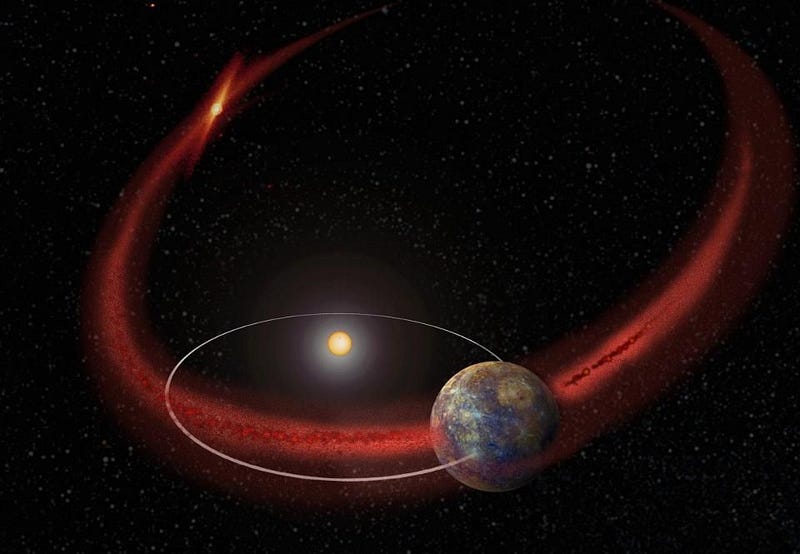
After missing out on glory 20 years prior, Adams had finally succeeded in revolutionizing our view of the Universe. His identification of meteor showers with cometary debris trails stands as his greatest scientific achievement, and remains the leading theory more than 150 years later. In 1870, he was appointed the director of Cambridge Observatory, replacing the incompetent Challis. He was even offered the most prestigious astronomical position in all of Britain: that of Astronomer Royal, in 1881. He turned it down, preferring to continue his teaching and research in Cambridge. Ironically, had he accepted, he would have replaced Airy, meaning he could have succeeded both of the men responsible for failing to follow up on his predictions of Neptune!
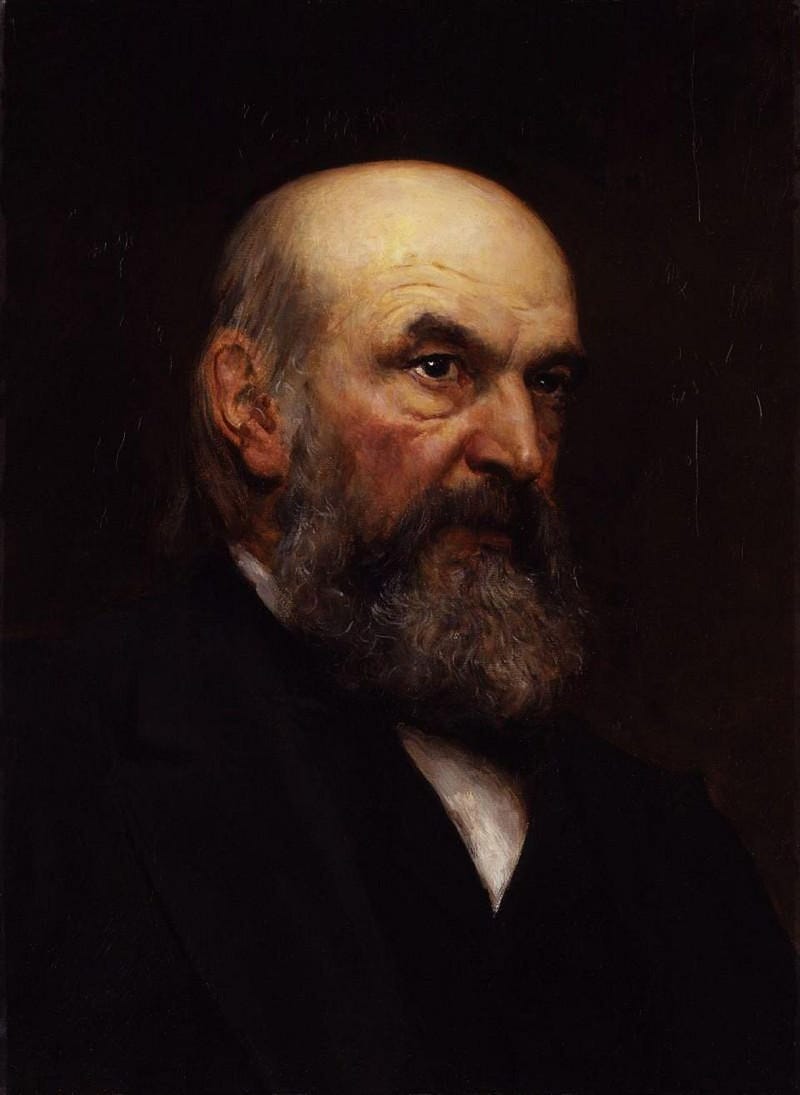
Despite missing his chance at great glory in his early years through no fault of his own, Adams was never bitter. While later historians of science would blame Airy and Challis for their failings, Adams humbly accepted the blame himself, writing:
I could not expect however that practical astronomers, who were already fully occupied with important labours, would feel as much confidence in the results of my investigations, as I myself did.
He continued to work until the very end of his life, growing one of the most legendary beards in astronomy’s history along the way.
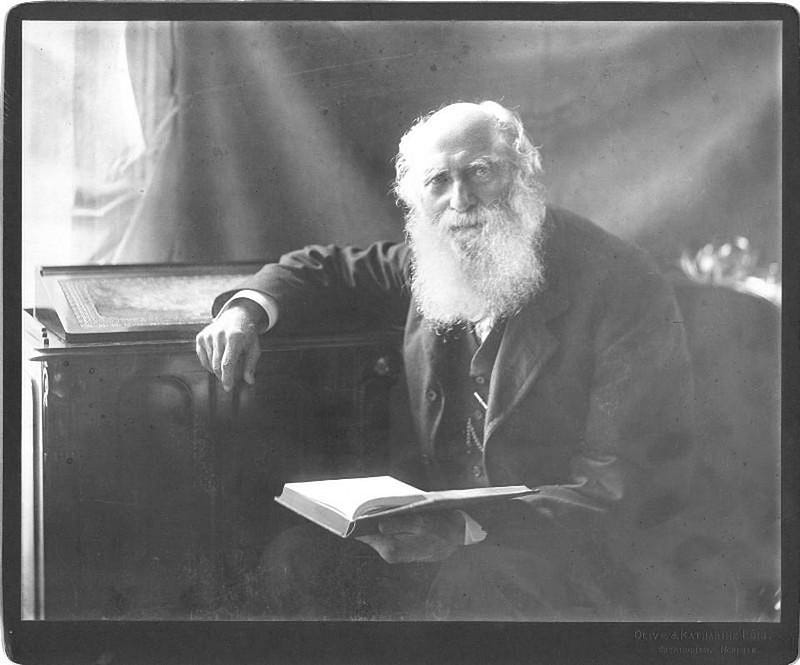
Adams initial failure to calculate and find Neptune did not prevent him from having later success with the Moon’s orbital motion. It in no way inhibited him in his greatest achievement: identifying the source of meteor showers, and confirming that Comet Tempel-Tuttle causes the Leonids. Similarly, Le Verrier’s immediate success in predicting the existence of Neptune didn’t lead to future success; his prediction of the existence of Vulcan, a proposed planet interior to Mercury to explain its orbit, failed to materialize.
In science, making a successful advance not only requires skill, talent, and persistence, but also a fair bit of luck. You can make mistakes along the way, in theory, in practice, and in judgment, but every new problem you tackle is a new chance to get it right. Treat your failures for what they are: momentary setbacks. In no way do they define your destiny.
Ethan Siegel is the author of Beyond the Galaxy and Treknology. You can pre-order his third book, currently in development: the Encyclopaedia Cosmologica.





